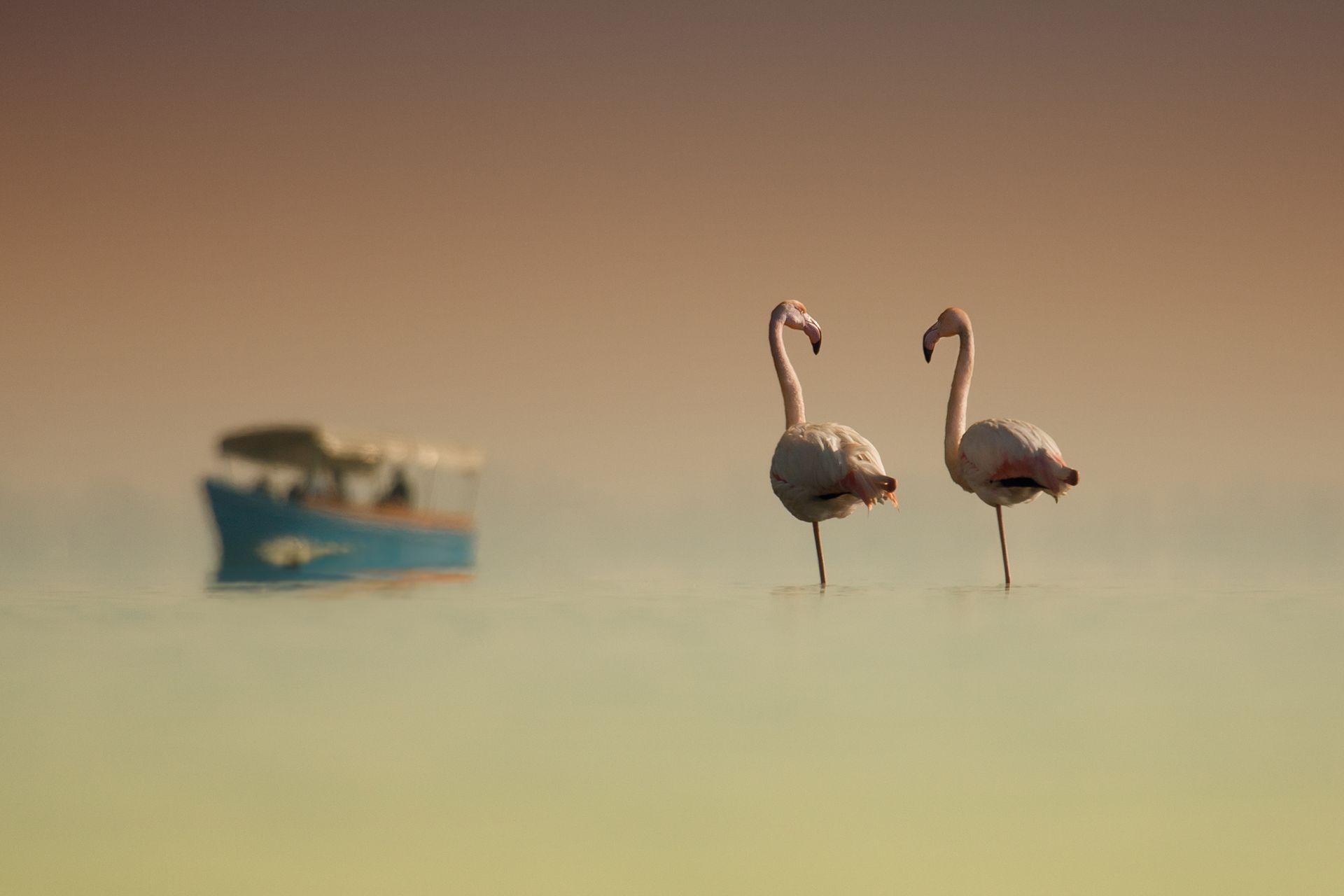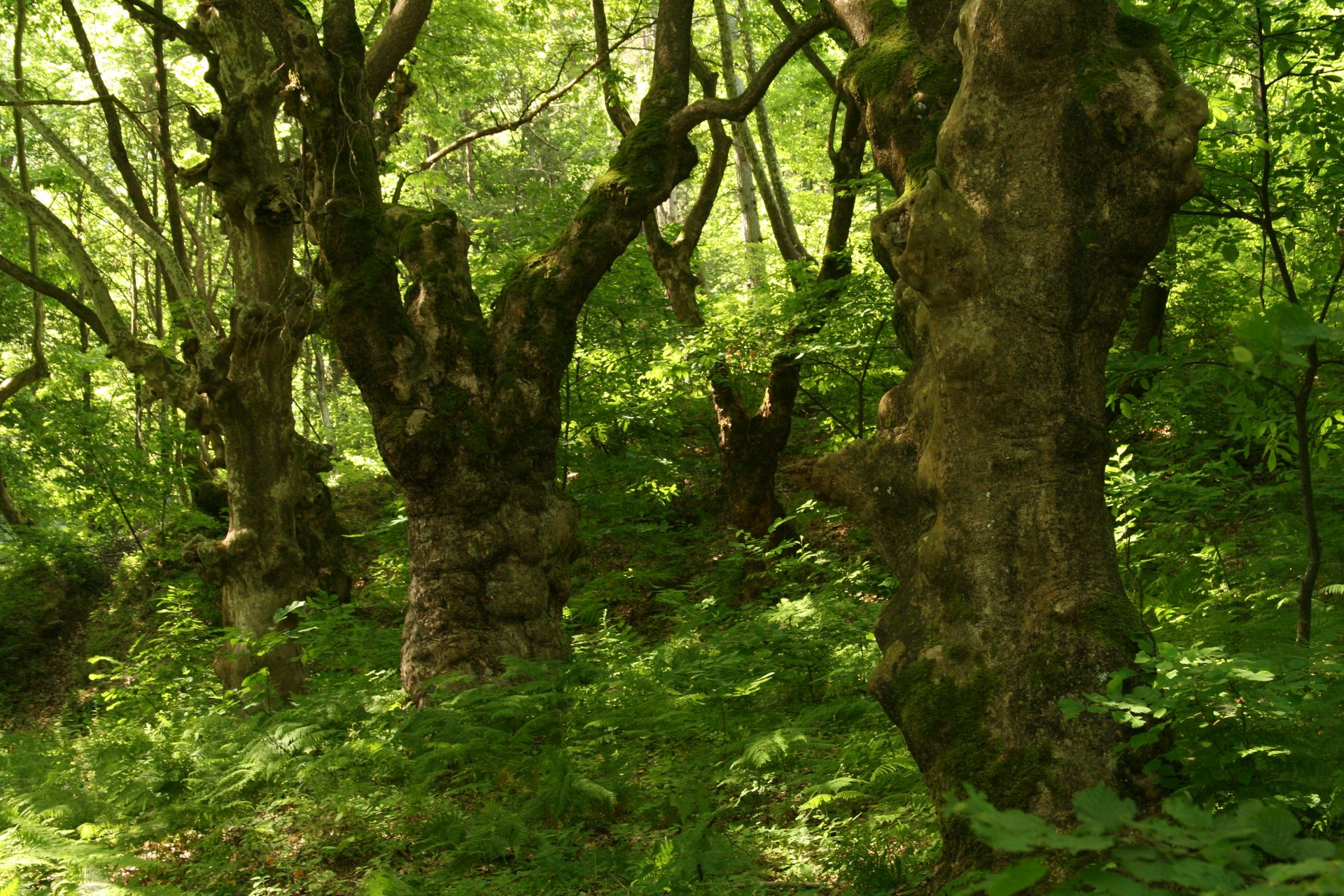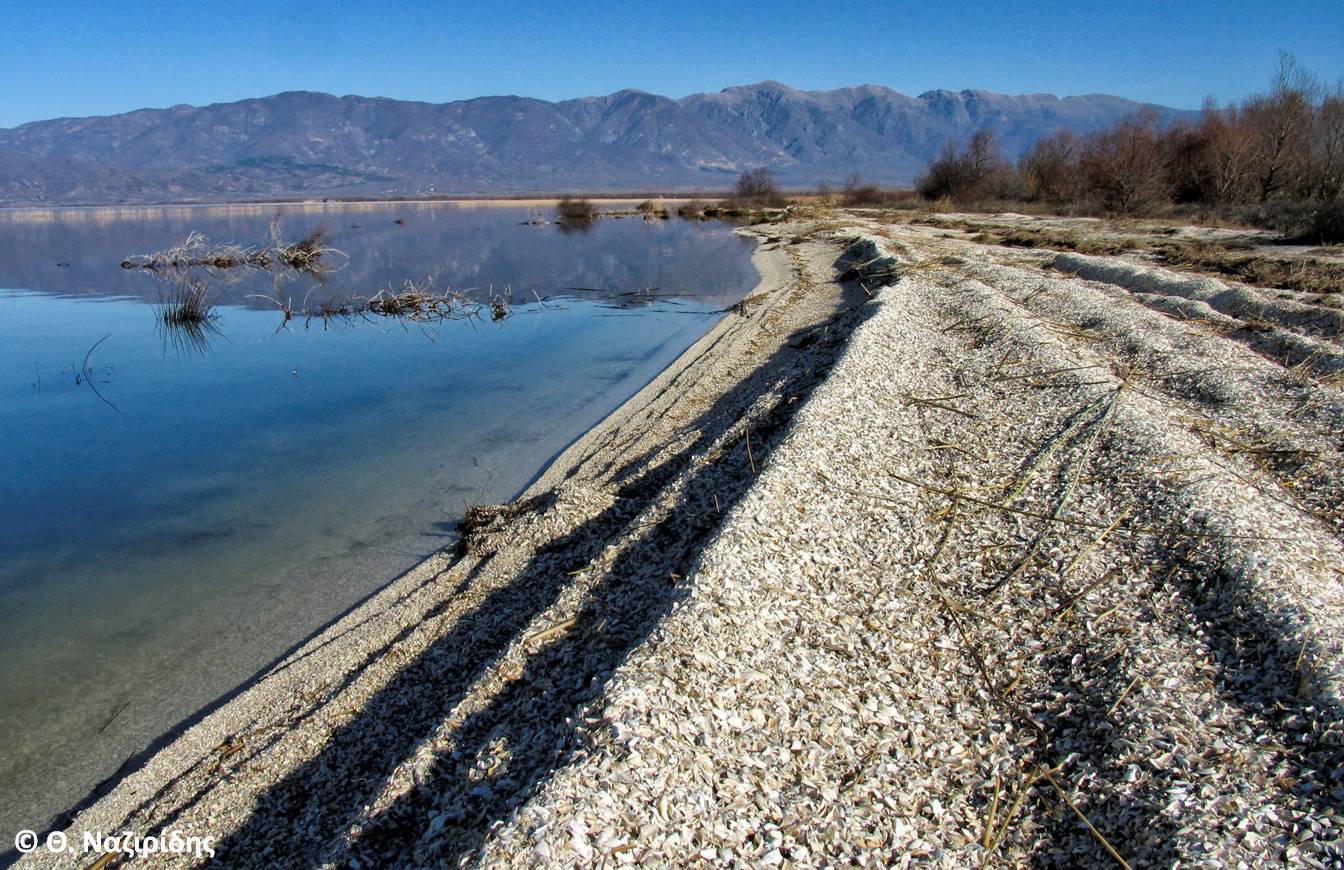Belasitsa Mountain - Lake Kerkini - Lake Dojran



Names in the national language
Belasitsa (Bulgaria), Belles (Greece), Belasica (North Macedonia)
Kerkini (Greece)
Límni Dhoïráni (Greece), Dojransko Ezero (North Macedonia)
Location and short description
The Belasitsa Mountain range is located in the southern part of the Balkan peninsula and it is shared by three countries: Bulgaria, Greece and North Macedonia. The special geographic location between the mediterranean and the continental climate zones, the steep slopes and high peaks, centuries-old forests and small but beautiful rivers make Belasitsa a hotspot of biodiversity in the heart of the Balkans. The slopes of the mountain are flanked by old growth deciduous forests dominated by beech oak and sweet chestnut. They are inhabited by a rich diversity of plant and animal species. At its eastern side, the Belasitsa Mountain is surrounded by the Struma River valley which is part of the “Via Aristotelis”, an important flyway for migratory birds. Lake Kerkini in Greece and Lake Dojran between Greece and North Macedonia, are situated at the foothills of Belasitsa Mountain. These beautiful lakes attract vast numbers of water and migratory birds.
Special features
The highest peak of Belasitsa is “Radomir” (2,029 m), and it is located on the border between Bulgaria and Greece. “Tumba” (1,880 m) is another peak in the mountain, located at the border of the three countries. A number of beautiful waterfalls are found among the steep slopes of the mountain, e.g. Smolari waterfall (around 40 m) is the highest waterfall in North Macedonia.
Lake Kerkini is home to more than 300 different bird species, and it represents the only new expansion of Dalmatian pelican (Pelecanus crispus) populations in the last 150 years. At Lake Dojran, the remarkable remnant of an ancient alluvial forests with oak, ash, alder and age-old plane trees found at Mouries village is declared as Monument of Nature. The area has a rich historical heritage. For example, one of the best-preserved archaeological sites from Roman times at the Balkans is found there: the Roman Thermae, situated in Bansko village (North Macedonia). At the foothills of Belasitsa in Bulgaria, one can also find the “Fortress of Samuil” open air museum.
Main biotop types
Beech and chestnut forests, pastures, riparian forests, fresh water marshes
Species
- Mammals: Grey wolf (Canis lupus), Golden jackal (Canis aureus)
- Birds: Dalmatian pelicans (Pelecanus crispus), White-backed woodpeckers (Dendrocopos leucotos), White-tailed eagle (Haliaeetus albicilla)
- Insects: Lindenia tetraphylla
- Plants: European yew (Taxus baccata), Albanian lily (Lilium albanicum), European white water lily (Nymphaea alba), Iris (Iris pseudacorus), Water mint (Mentha aquatica)
Status of protection
Belasitsa Nature Park, Natura 2000 site (Bulgaria)
Lake Kerkini National Park, Natura 2000 sites (Greece)
Nature Monument Smolari waterfall, Momunent of Nature (North Macedonia)
Belasitsa Mountain - Lake Kerkini - Lake Dojran
Belasitsa Nature Park (Bulgaria)
Website: https://belasitsa.net
Email: dppbelasica(at)iag.bg
Bulgarian Biodiversity Foundation (Bulgaria)
Website: https://biodiversity.bg/en/
Email: bbf(at)biodiversity.bg
Lake Kerkini National Park (Greece)
Email: info(at)kerkini.gr
Macedonian Ecological Society (North Macedonia)
Website: https://mes.org.mk
Email: contact(at)mes.org.mk
Interactive Map
This map is currently hidden to protect your privacy. When you click the button below, the map will be loaded from Mapbox.
If you tick the checkbox, this selection will be saved in a cookie and the map will be displayed automatically the next time you visit the site.
